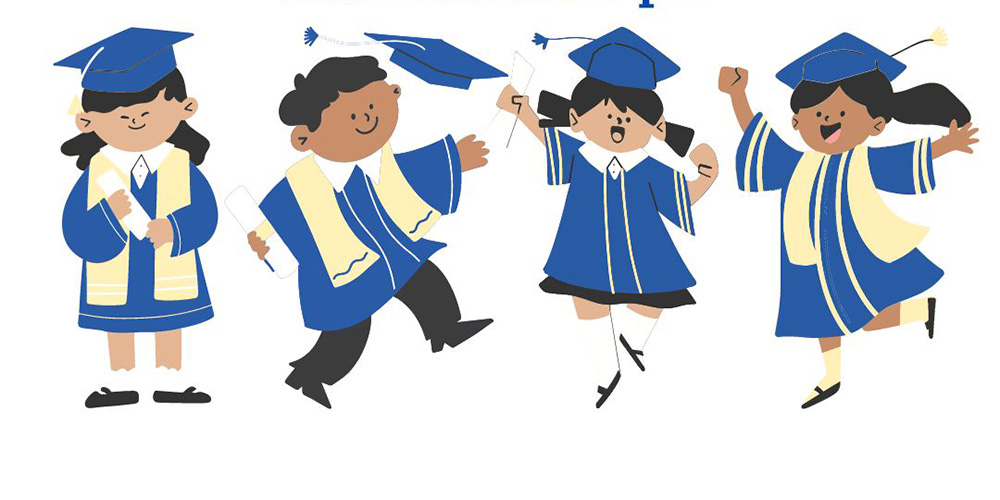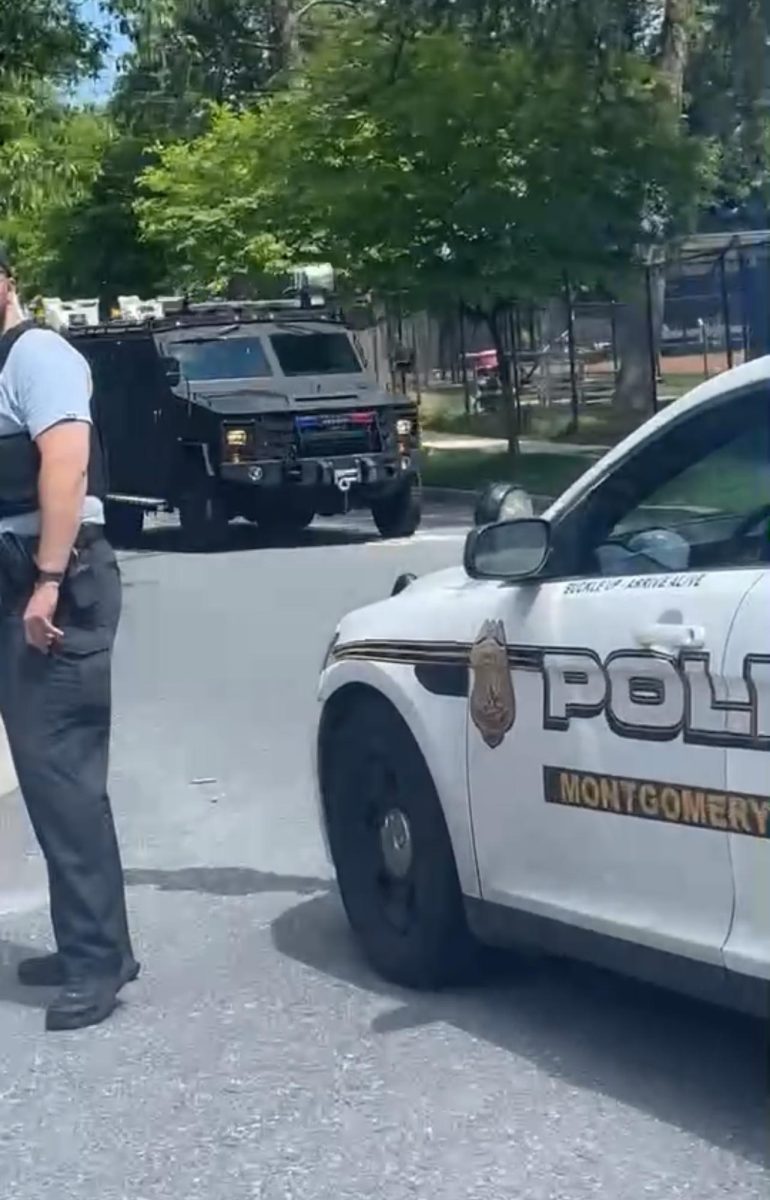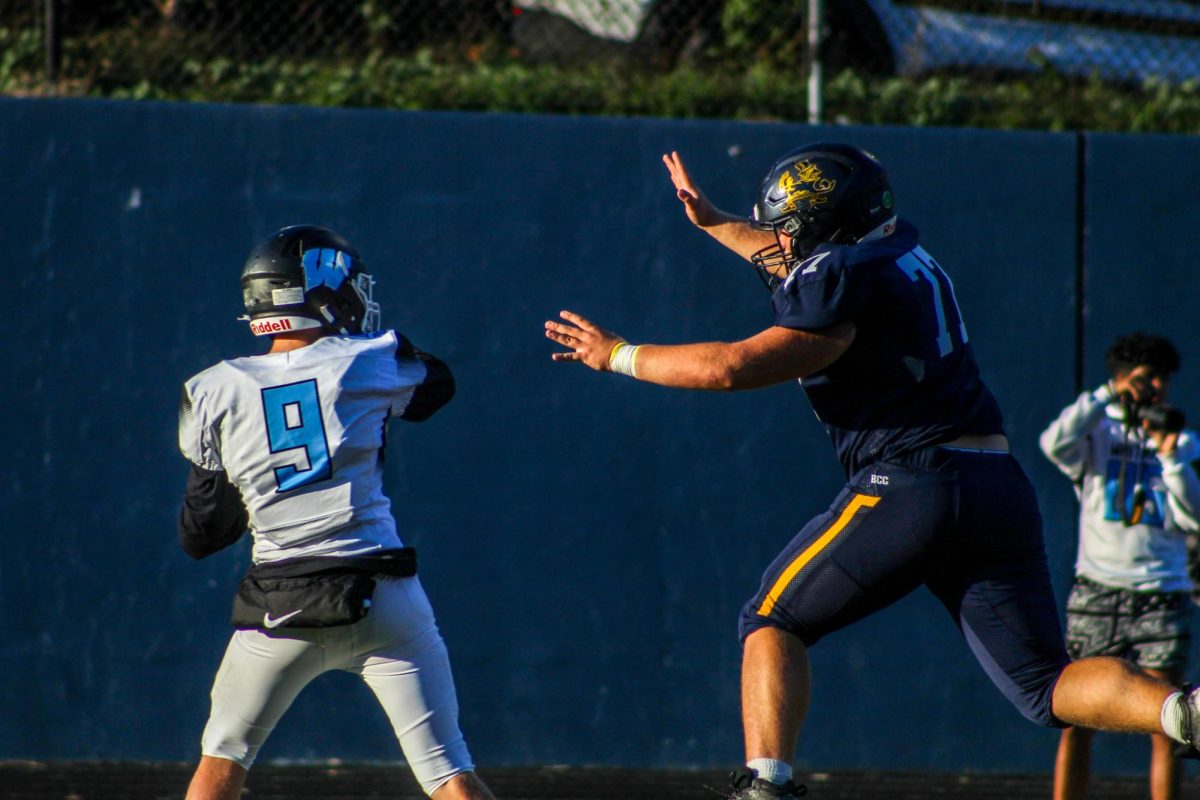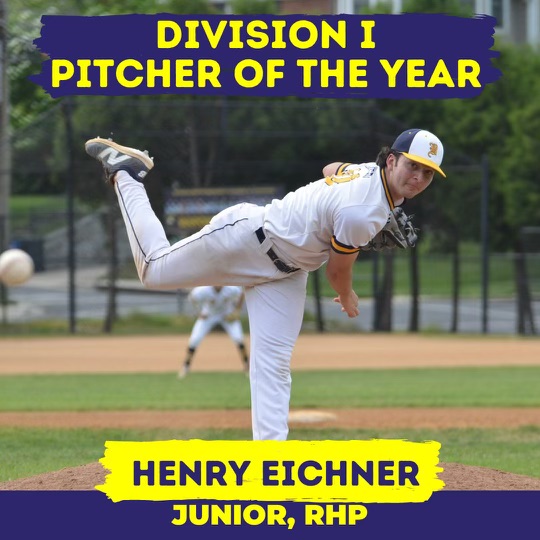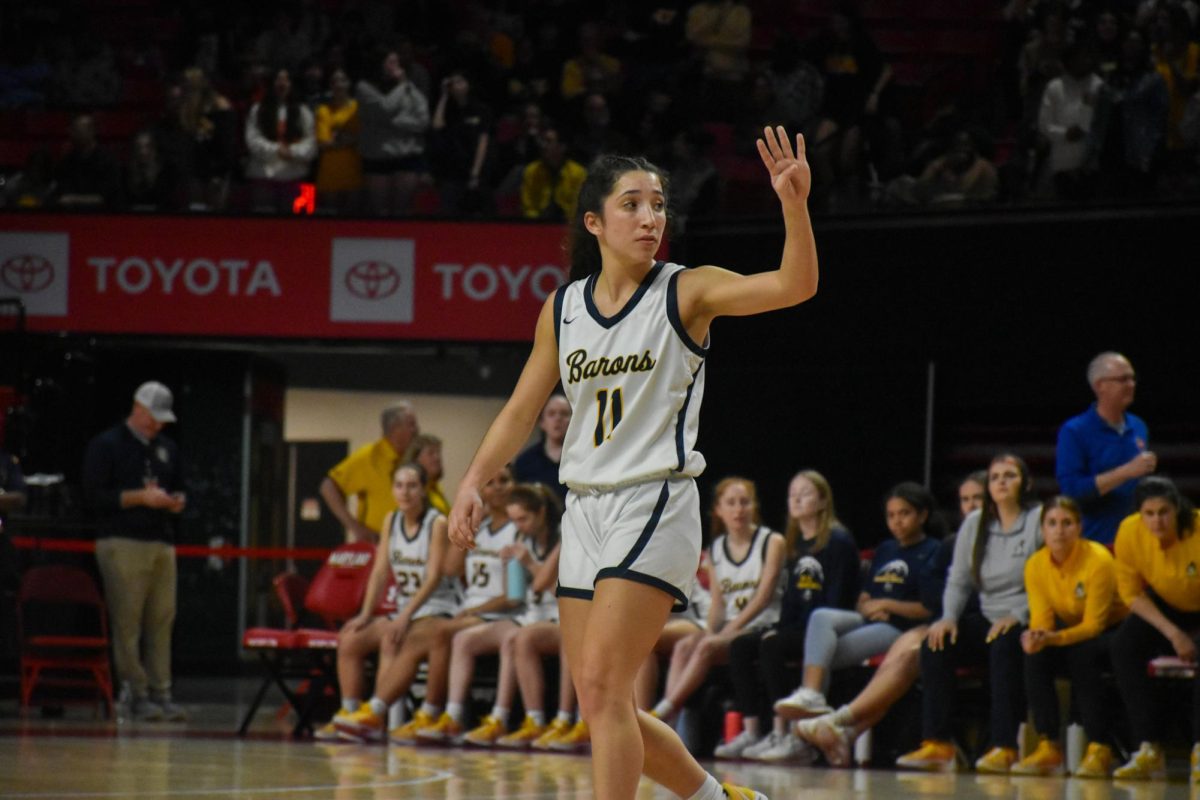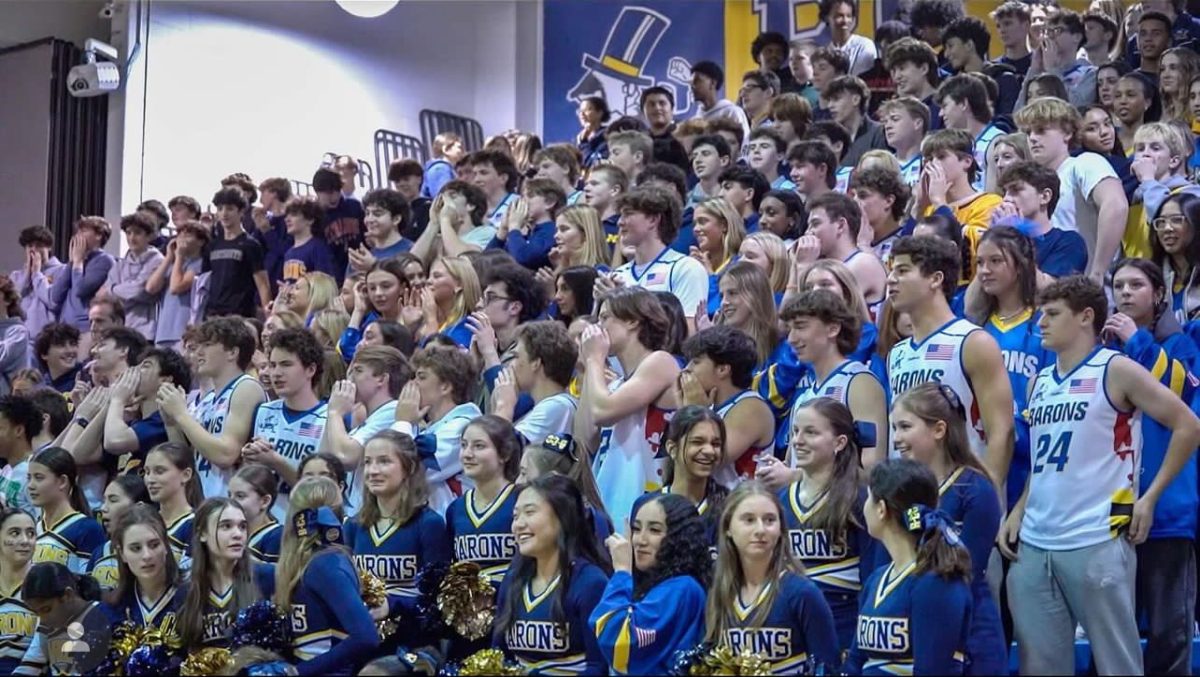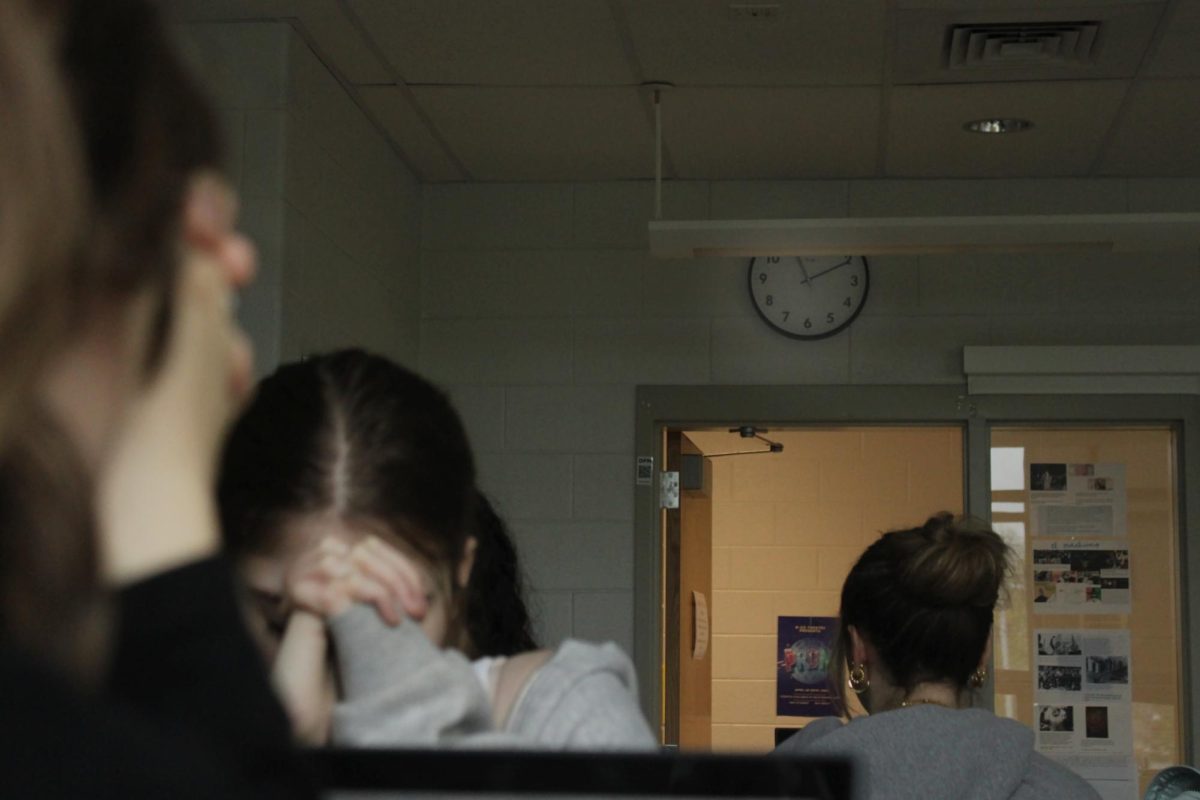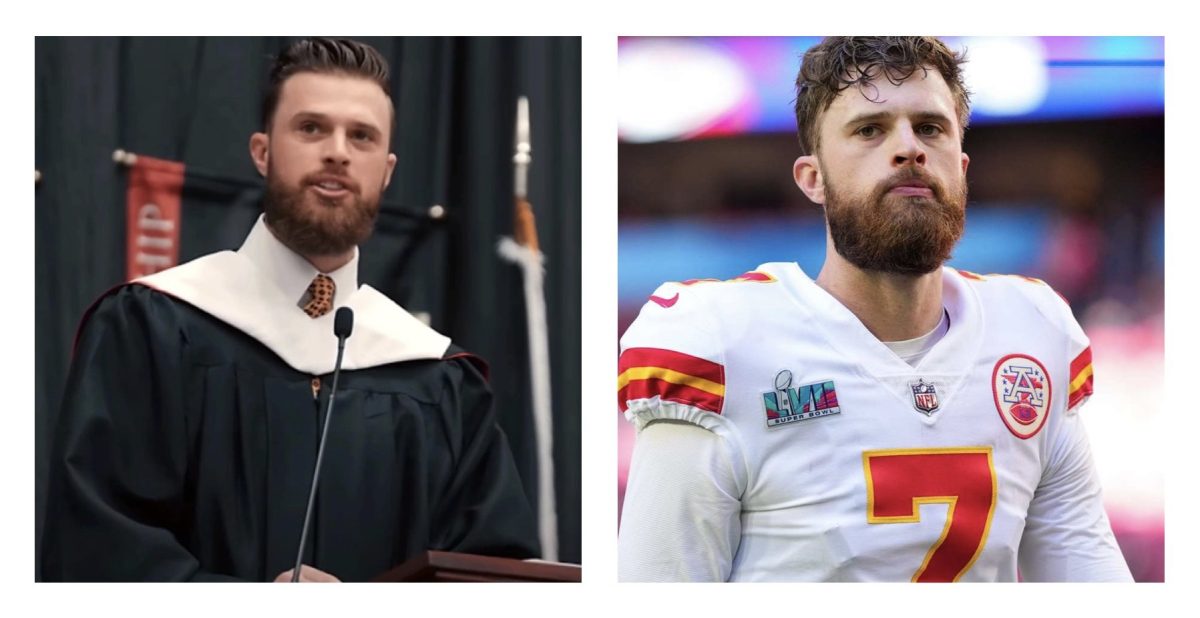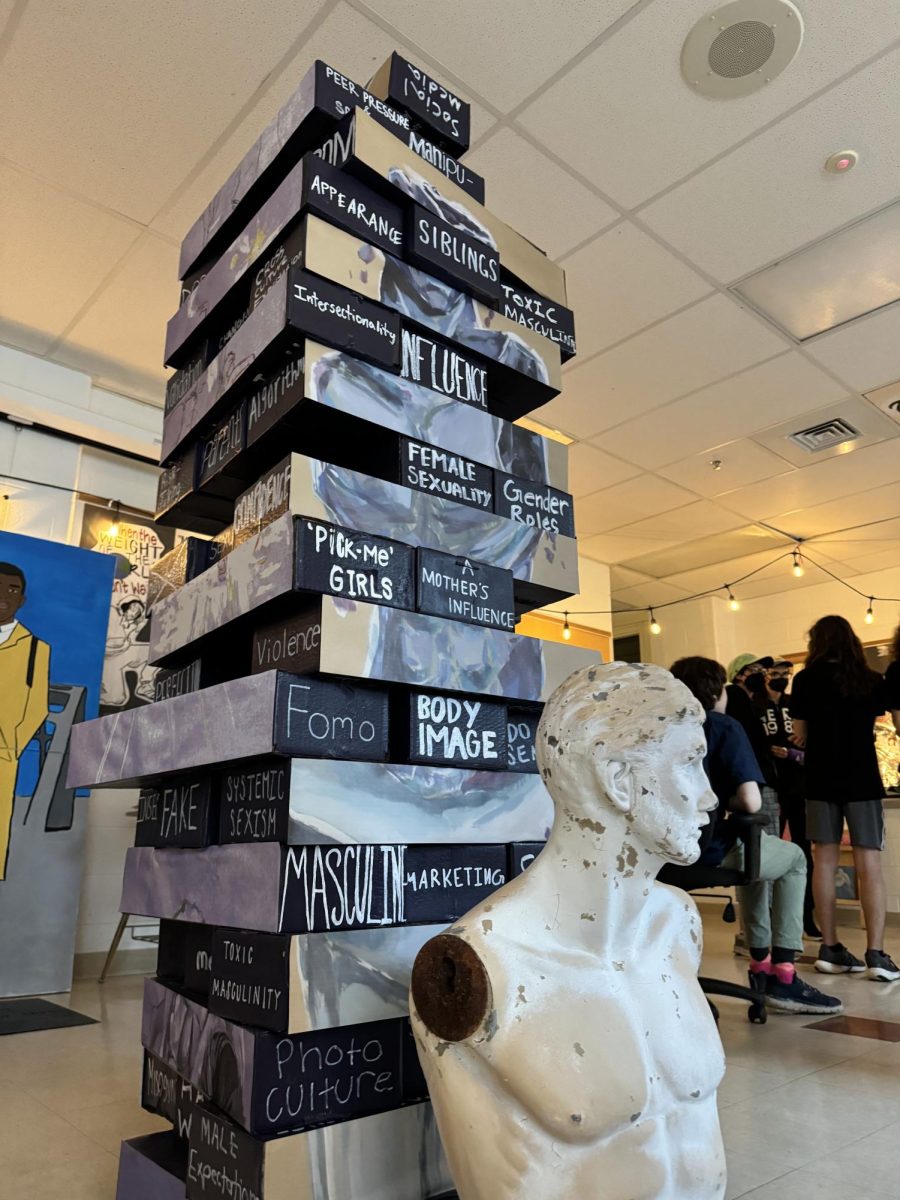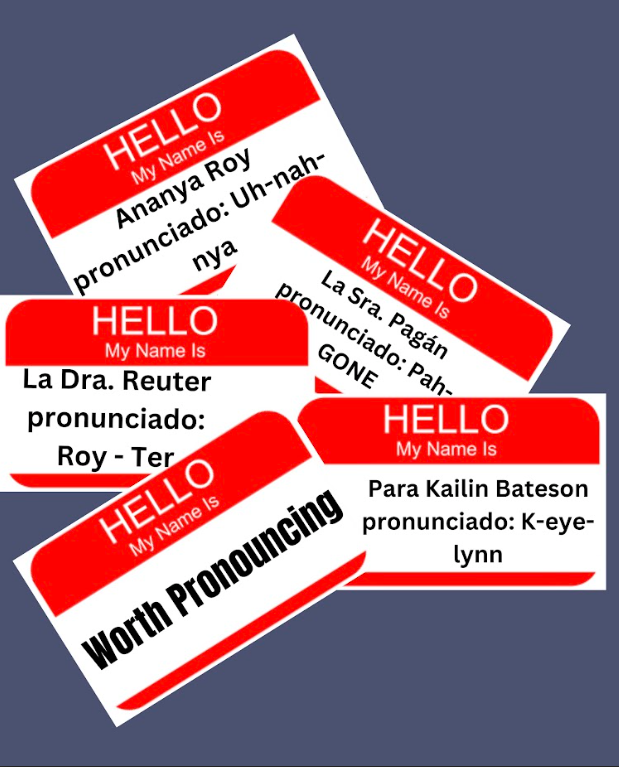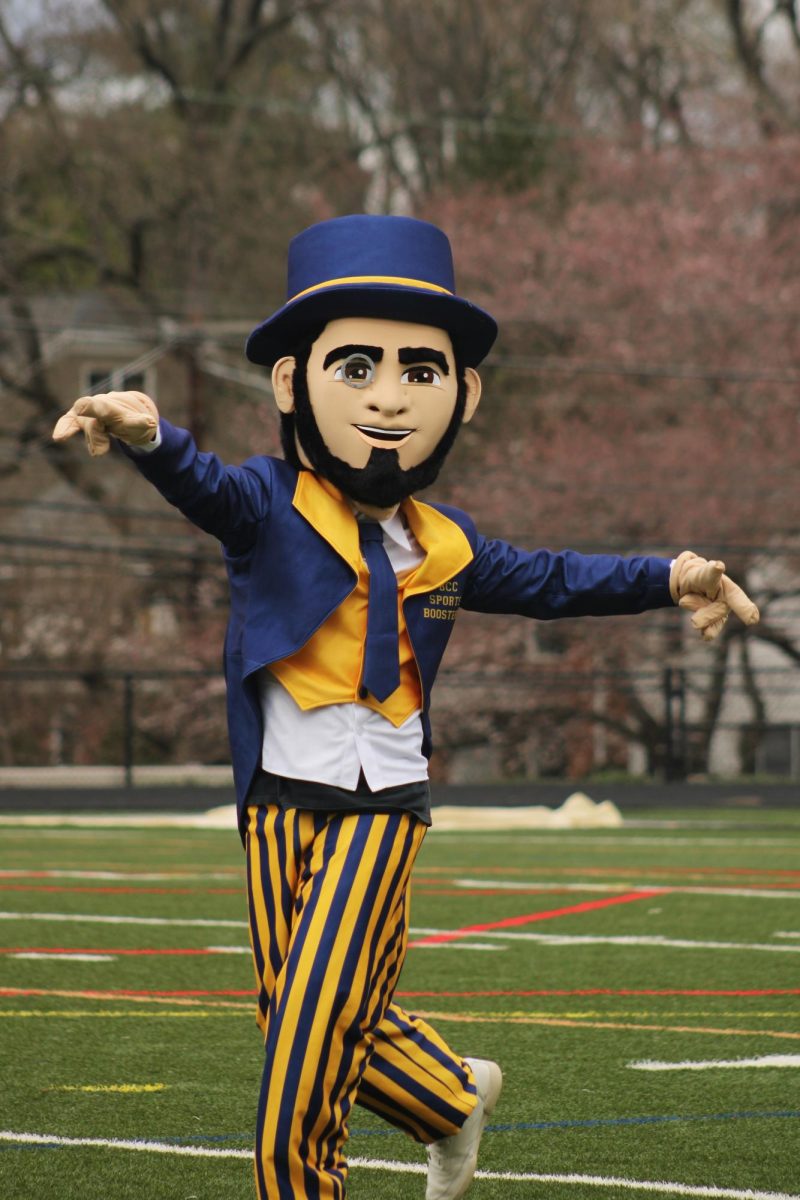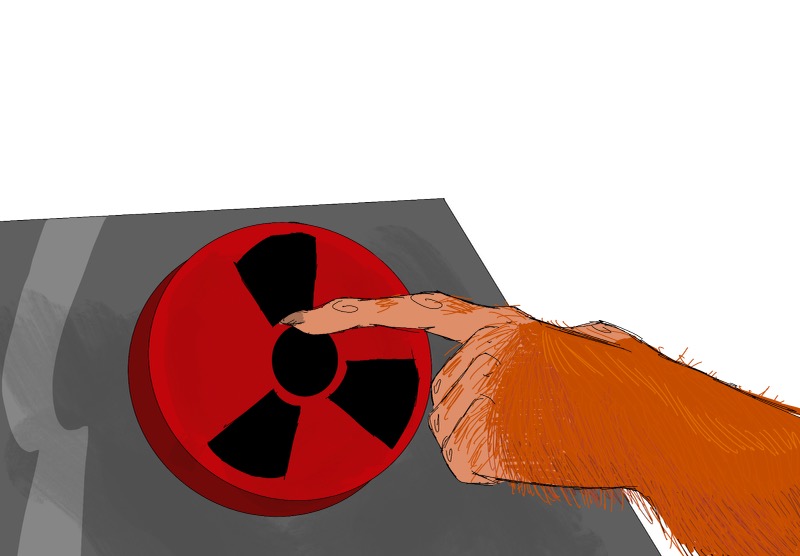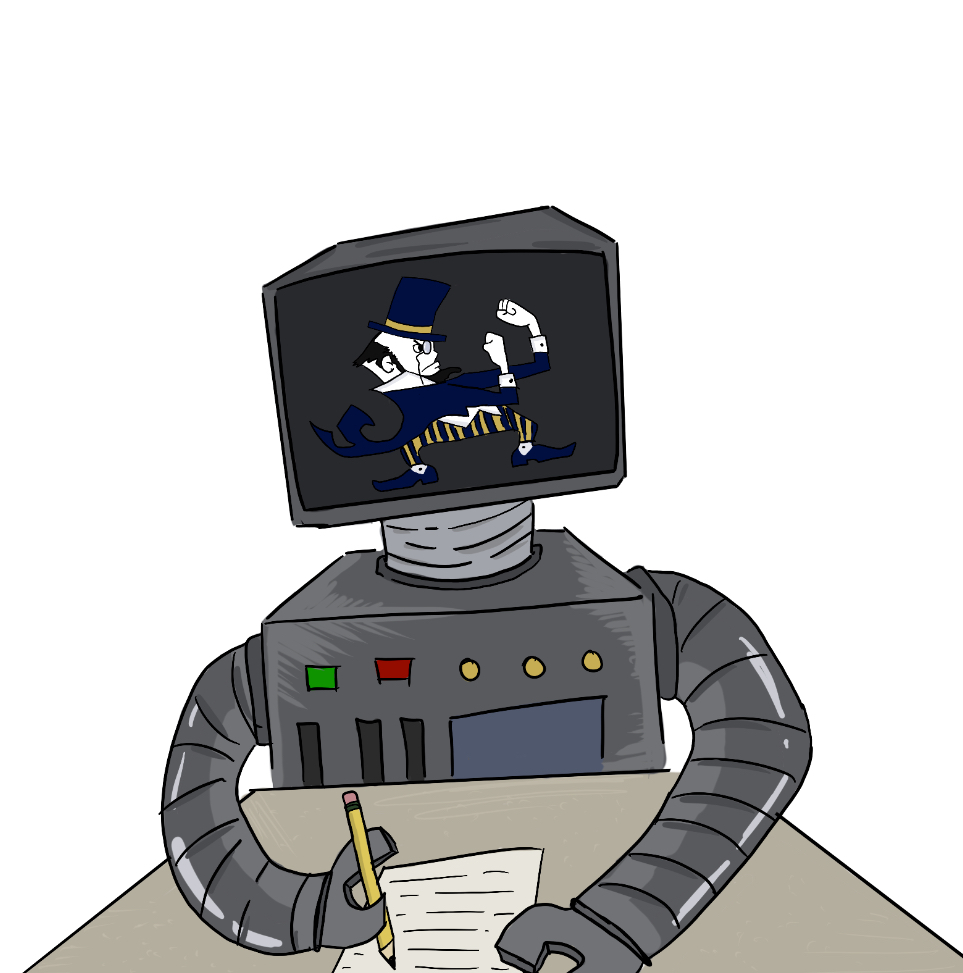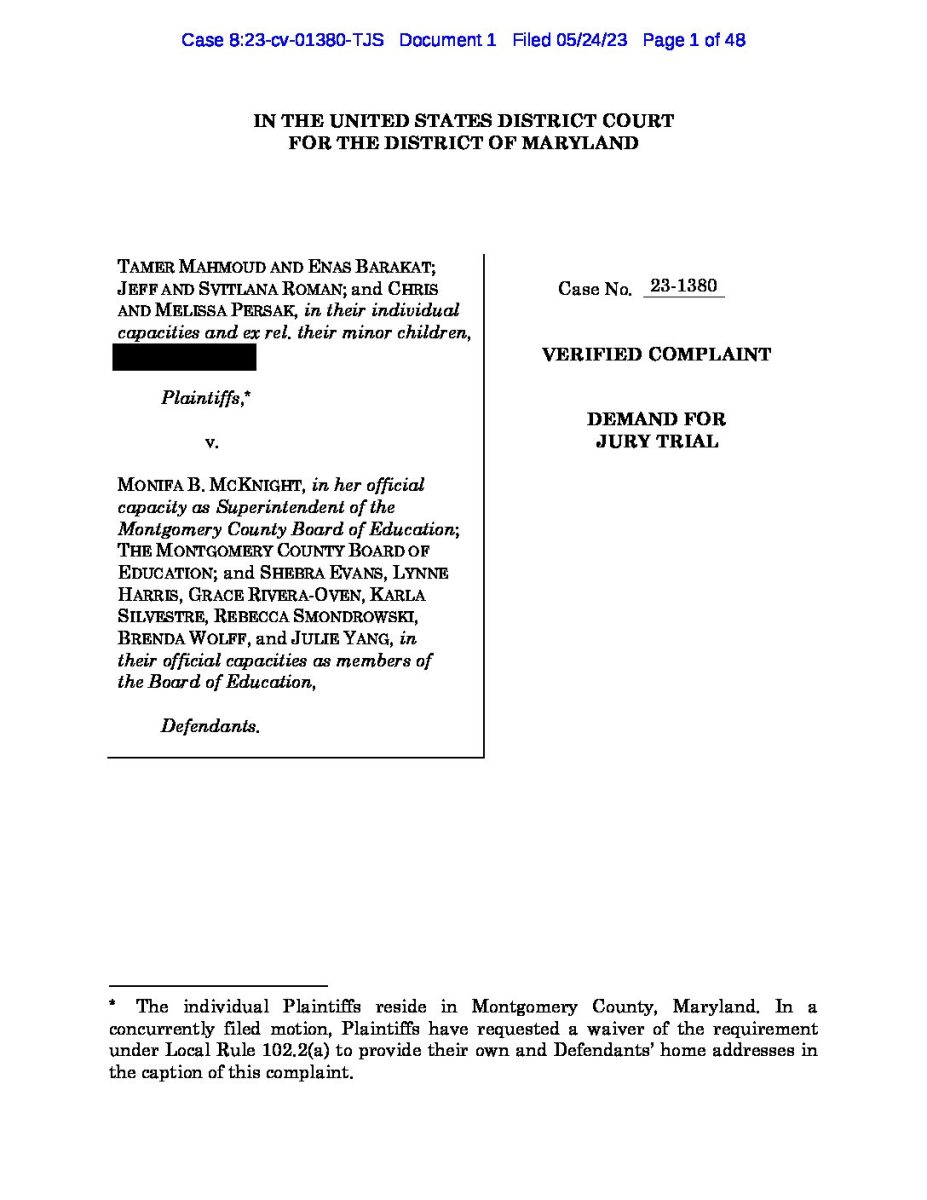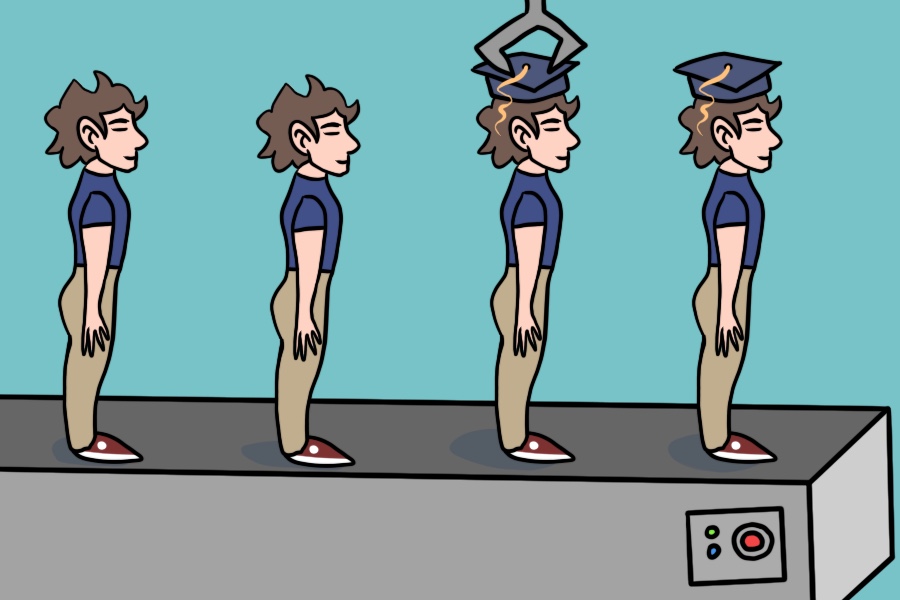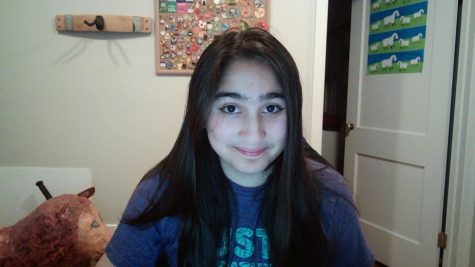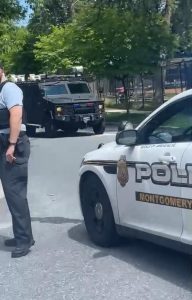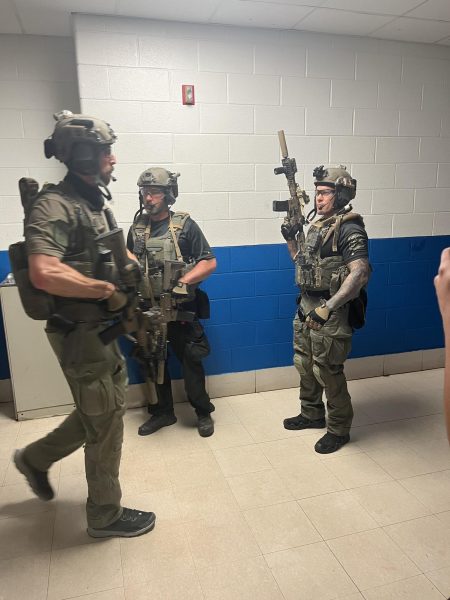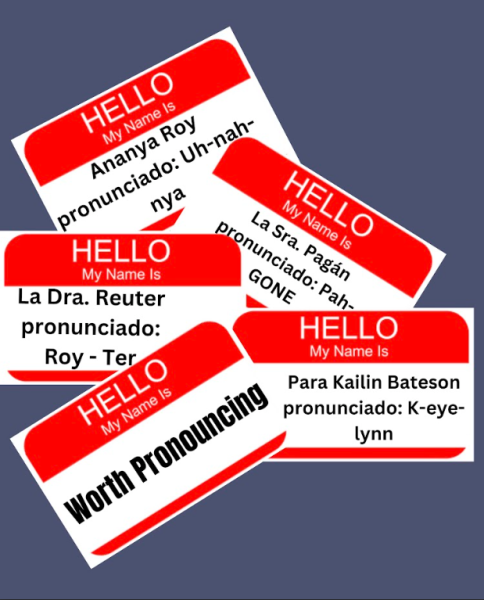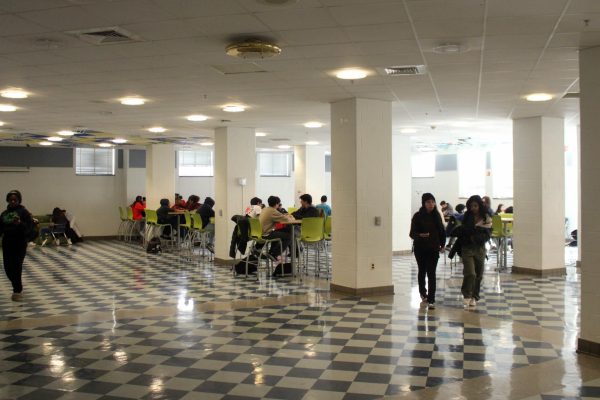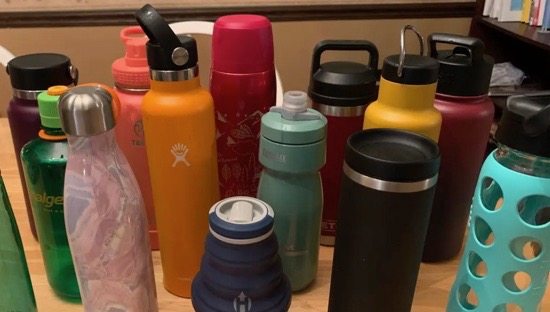High School Doesn’t Have to Be an Assembly Line
Alternative programs allow students to explore their area(s) of interest in a manner that is unfeasible in a traditional high school setting.
October 11, 2022
Despite what some might say, high school education is not a binary concept. Many Montgomery County students forgo the traditional high school experience, pursuing other options. With the programs offered in Montgomery County, students can explore their interests more in-depth while simultaneously developing vocational and educational expertise.
Caitlin Renaldo, a junior at B-CC, is enrolled at Thomas Edison High School of Technology, where she studies architecture. Her daily schedule includes four periods at B-CC, followed by three periods at Edison. Caitlin discovered her love for architecture at a young age. Her dad encouraged her to take on arts and crafts projects as a kid, which sparked her interest. Once she discovered her passion, she sought out various opportunities to pursue her love of architecture, including her MYP project, where she built a diorama of a cafe. Caitlin applied to Thomas Edison because she “thought it would boost my understanding of architecture and get me places I couldn’t reach at BCC. I knew I wanted to be an architect. This, plus college, will make sure I get the career I want.”
Instead of four years of high school, Eliza Fletcher takes classes at Montgomery College to get the credits needed to graduate a year early. Her schedule is similar to Caitlin’s, where she has four periods at BCC followed by work or classes at Montgomery College, where she attends class every Monday and Wednesday from 4:00-5:30 pm. Eliza chose to explore an alternative pathway after receiving her 10th-grade transcript, realizing she only needed seven more credits to graduate. She then asked her mother, a counselor at Einstein High School, whether it would be possible to get all the remaining credits done in one year. Eliza took action, working with her B-CC counselor to devise a plan to graduate early. In her words, “the idea of getting out of high school early was very appealing to me … I want to finish early so I can learn more about myself and pursue what I really want to do.” Upon graduation, she plans on doing “different things – I have family in Israel, so I hope to go live with them for a couple of months and work on their farms. I also hope to pursue environmental studies. I really love writing, so I am trying to get an internship with a magazine.”
Junior Sadie Vibickasis is following a more traditional route. This year, Sadie has chosen a rigorous courseload, including five APs. When asked about the various pathways offered within MCPS, she had only heard of Thomas Edison. Sadie had taken a tour in middle school but failed to recall anything else. A specialized career path seemed to be a no-go for her. In her words, “I just don’t want to dive into something I am not sure of. I would be too scared to go into a program of my interest and for it to not be something I like.” Even though Sadie is interested in nursing and business, she is unsure of what she wants to do. It is engraved within our larger school community that we are supposed to go to high school for four years and college for another four. Yet students are starting to decide that this traditional route may not be for them.
Alternative programs allow students to explore their area(s) of interest in a manner that is unfeasible in a traditional high school setting. College and career adviser Catherine Heald views them as a solid pathway for students unswayed by the typical high school path. In these situations, Ms. Heald refers them to an apprenticeship or Thomas Edison for certification in a field of their choice. According to her, “some kids are just burned out on school, while other kids don’t want to pay $80,000 to go to college … They realize that they don’t need to get a college degree to make a good living.”
So, how should students learn about these options? As you might assume, raising awareness about them is key to allowing students to make informed and critical decisions about their future. Ms. Heald believes social media may be particularly effective, as most students are active on apps such as Twitter, Instagram, and TikTok. Eliza suggested that it would also be valuable to share this information during the advisory, noting that “more time should be spent sharing information on these alternative programs during advisory and non-instructional days.”
However, students must take initiative when considering their options. When utilized, these options allow those looking to develop marketable vocational skills for gainful employment or pursue an associate’s degree without incurring a significant financial burden. Fortunately, students are finally freeing themselves from the burden of an assembly-line education, helping mold a generation of knowledgeable, financially free, and skilled young people.


